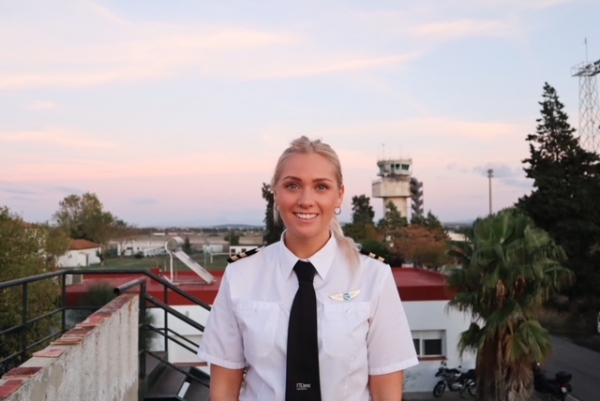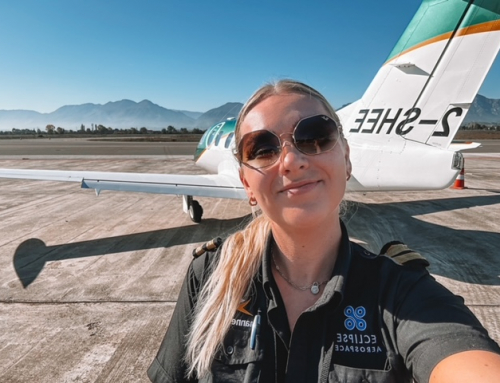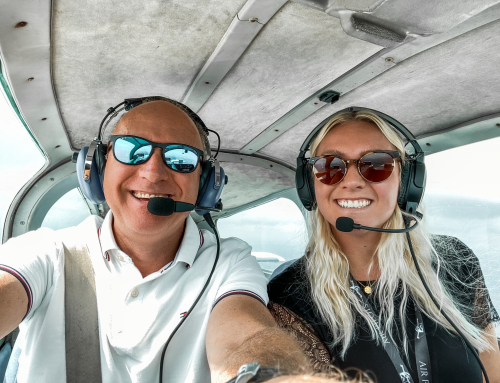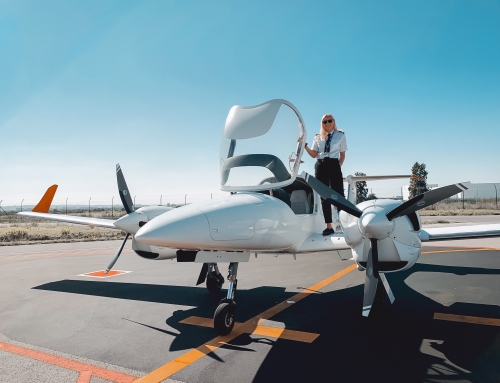I’ve done it! One lost airline job, one conversion from MPL to ATPL and a whole lot of stress and tears later and I’ve finally finished all my pilot training.
Firstly, it’s important to talk about Covid 19 & the aviation industry. To anyone reading this who has been affected by the huge impact of this virus on their airline jobs or training, I really feel for you. It’s taken my first flying job and forced me to change my license path and life plans, but I know that it has been so much more destructive for thousands of others. If I can be of any help please do reach out.
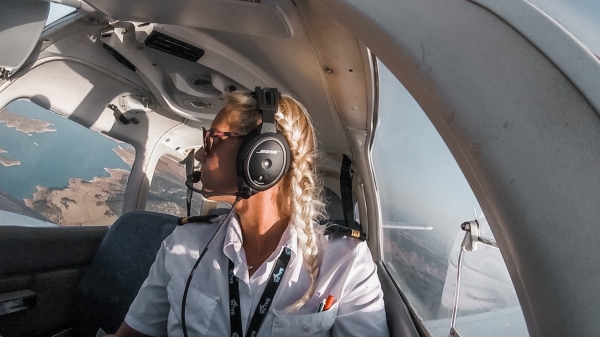
MY JOURNEY
It was a very rough ride, not going to lie. I don’t think anyone anticipates losing their ‘guaranteed’ airline job during their training, but I can’t say I wasn’t warned before I chose the MPL. It was always a bit of a risk.
As I spoke a little about before, an MPL is divided into 4 stages, and you only get your license after completing the 4th stage which is with your airline sponsor. When Flybe went bust in March 2020, I was left in a pretty sticky position. It’s so heartbreaking to work your absolute hardest for a sponsored airline programme, succeed through all the horrible selection applications, assessments and interviews, only to have that ripped away from you at the very last minute. I was flying the B737 sim in the third stage of my training, also known as the MCC (Multi-Crew Co-orporation) phase. Hot out of our sims during the evening, the very last Flybe cadets found out via BBC news about the loss of our airline on the Wednesday night. We had a sad little midnight walk to the well-renowned FTE roundabout, as we pondered what might happen to our training.
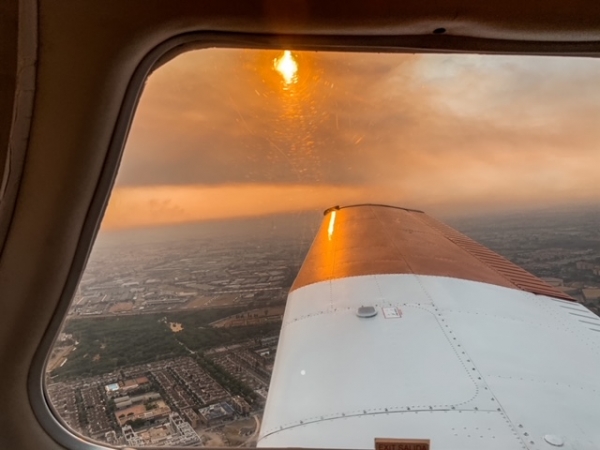
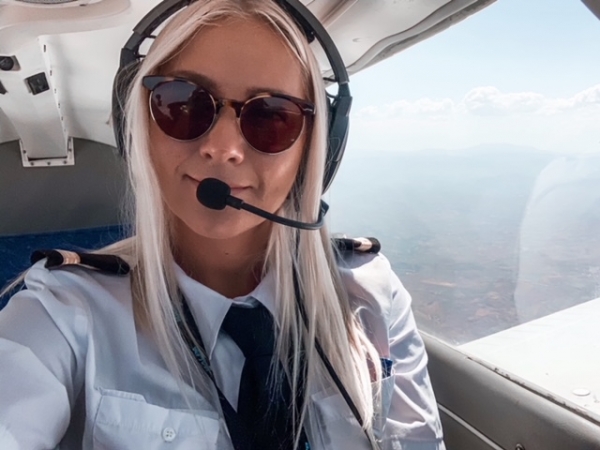
I’m happy to say the rest of the story is relatively positive! I was so lucky to be at one of the best schools in Europe, and with their support, (and after a respite weekend in the UK), I began my conversion from MPL to ATPL. This was a decision that was easy to make after a little investigation. An MPL with no airline attachment is near impossible to take to a flying job, as I would have graduated with no CPL. The other option was to beg other airlines who already had students on an MPL to take me on, however with the decline in the industry due to the onset of the Covid-19 pandemic, it became apparent that ATPL was the only option.
MPL TO ATPL
After a summer working in the UK as customer support in my local supermarket, my training towards my ATPL resumed in August 2020. Back to the mighty Warrior! This was a huge leap for me, as the MPL is notorious for its low flying hours, and high sim hours. I had a looooad of hour building to do. It was so peaceful to explore the mountains and coasts of Andalusia in my little PA28, despite the stupidly sweaty seats and sketchy ATC. Although I had a night rating from the previous year, I was also now offered an SEP rating. This was an absolute MUST for me, especially given the fact that the aviation industry had pretty much crashed. Any potential job could be from a Cessna 172 to a big jet, so even the smaller ratings became important to me. I also got to undertake my QCC which was one of my proudest moments. Being able to navigate a route to 3 different airports and cover over 300 nautical miles all on my own was a huge achievement for me! Not such a big highlight would probably be parking my little plane in a helicopter bay in Seville, but we won’t discuss that in too much depth. Guess it’s pretty minor in comparison to crashing into PAPIs or causing an Airprox with an A320 like some of FTE Jerez legends dictate.
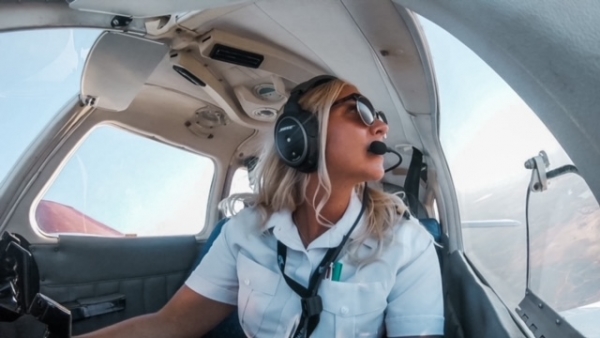
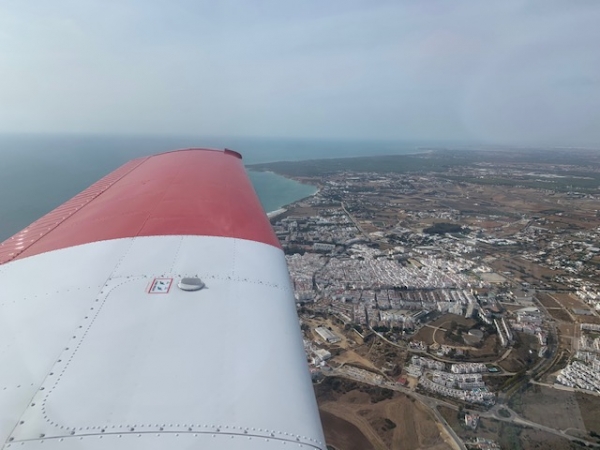
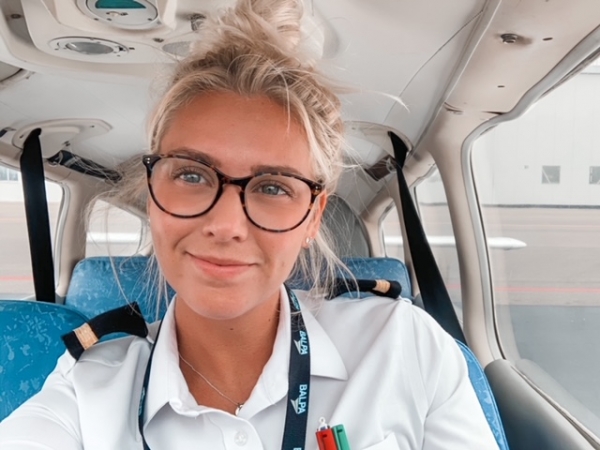
After nearly 2 months of solid flying, I had enough hours to get back onto the twin, and work towards my CPL. This was so tricky for me, as I had already used a bunch of hours on my DA42 flying in February as part of the MPL. After only 5 sims and 2 flights, I had a first attempt CPL pass. Onto the Instrument rating. Again I was short on available hours, forcing me to take the test after only 6 hours of flying. Another first attempt pass and I could not have been happier!


CPL & IR ADVICE
I’m in no way a professional at this, but I definitely have some tips that helped me pass the CPL and IR in less flights than required.
1. You need the right instructor. I had an absolute LEGEND. Strict on me when needed, always available for extra briefing, and someone I wasn’t afraid to say ‘I don’t get it’ to. He always helped me focus on the end result, and we didn’t waste a second of flying and sim time, and I loved every minute of it. If you’re not gelling with your instructor, or getting the absolute most out of your flights, don’t be afraid to speak up.
2. Organisation here is key. I found myself a spare kneeboard for my plates, and joined them with a keyring so I was never in danger of tossing a LEZL ILS plate in the back of the Diamond by mistake. If your plates are in plastic wallets, HIGHLIGHT everything you need to know. Maybe even mark in the margins the most important information. I had all sorts noted, such as when the gear is lowered in a high speed approach for example. This was an absolute lifesaver for me. When you’re trying to fly a steady VOR in a crosswind with an A320 a few miles behind you, it’s so much less stress to glance down and look for a little piece of information highlighted in pink then rack your already saturated brains.
3. Get used to wearing the hood/foggles early in your training. These are devices used during IFR flying to ensure you’re flying only on instruments, and not using the actual horizon, or what you may see outside. I actually even forgot to check I had a hood for my CPL and the poor examiner had to climb into the baggage netting at the back of the DA42 mid flight. Definitely got a ‘naughty naughty comandante’ for that one.
4. Your examiners – or at least mine, don’t watch every tiny move you make. They can’t hear your internal thought processes, and they don’t immediately see your speed deviations or the fact that you ever so slightly missed an altitude on that stupid CDFA. Act quickly and quietly to make small (discrete) corrections, and you will probably get away with it. A message from the girl who actually drove on the pavement during her driving test and passed first time with 4 minors.
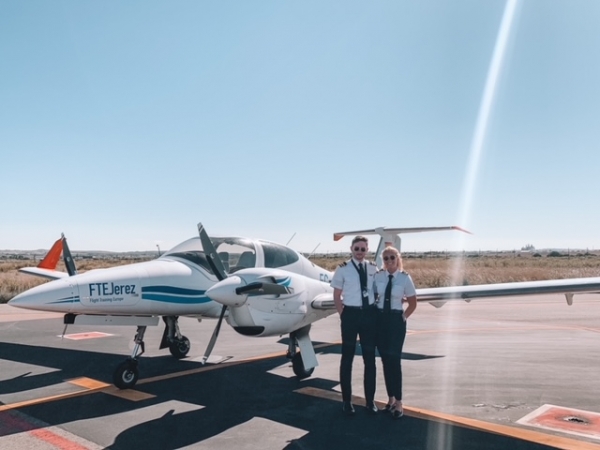
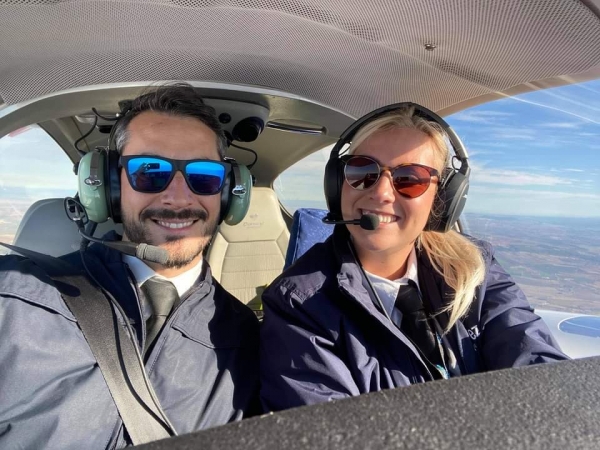
MCC
The last phase of ATPL training! The MCC (Multi-Crew Cooperation) section is usually undertaken in the A320 or B737 sim. I chose to do an APS MCC, which is 36 hours long, and is supposed to get a candidate to an ‘airline standard’. Personally, this was the most traumatic and high intensity portion. Again, as an ex-MPL cadet, I used up some of my sim hours on my previous license path back in February 2020, leaving me around only half the hours to complete the training 9 months and a lot of knowledge loss later. It really is a pretty cool feeling to ‘fly’ a big jet. Lots to learn and get your head around, but it is the first time I felt like a ‘proper’ pilot. I won’t touch too much on this subject as I think I’ll develop PTSD, but some basic ideas on what we progressed to were behaving as a crew, basic jet handling, pilot incapacitation, and generic line flying. Luckily for me, my recent sims at a training centre in Gatwick have been restoring my confidence and preparing me for any future sim checks. I’m sure I’ll touch more on Cadet Pilot Life during Covid soon!
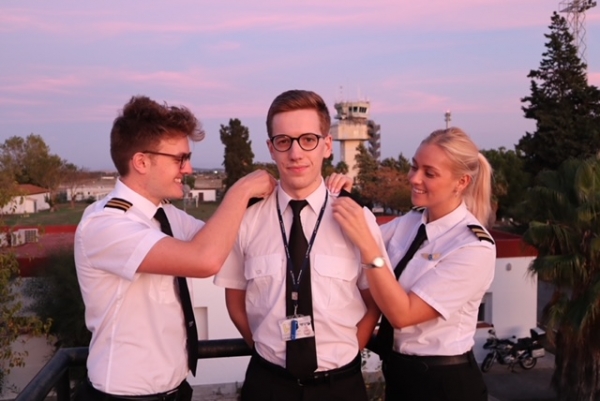
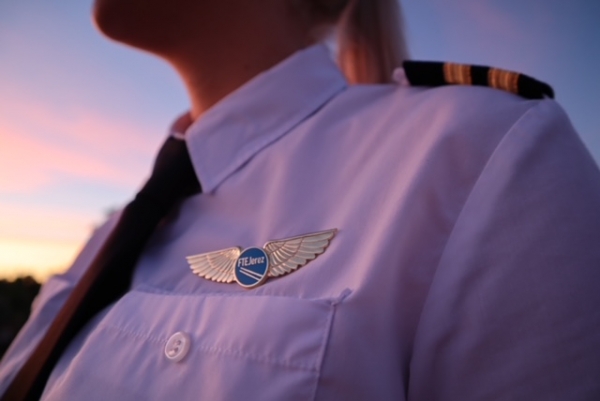
So that’s it for now! A global pandemic didn’t stop me from reaching the big goal. The journey from Cabin Crew to Pilot is nearly complete. Now it’s just up to me to keep as current as possible! Skill fade is definitely real; it’s something I experienced first hand with how terrified I was to jump back into the plane after my summer break, and not even managing to remember the Warrior’s rotate speed.
Next comes the tricky part. The CPL, IR, MCC were nothing compared to how difficult the job hunt in a saturated market will be!
Wish me luck.
